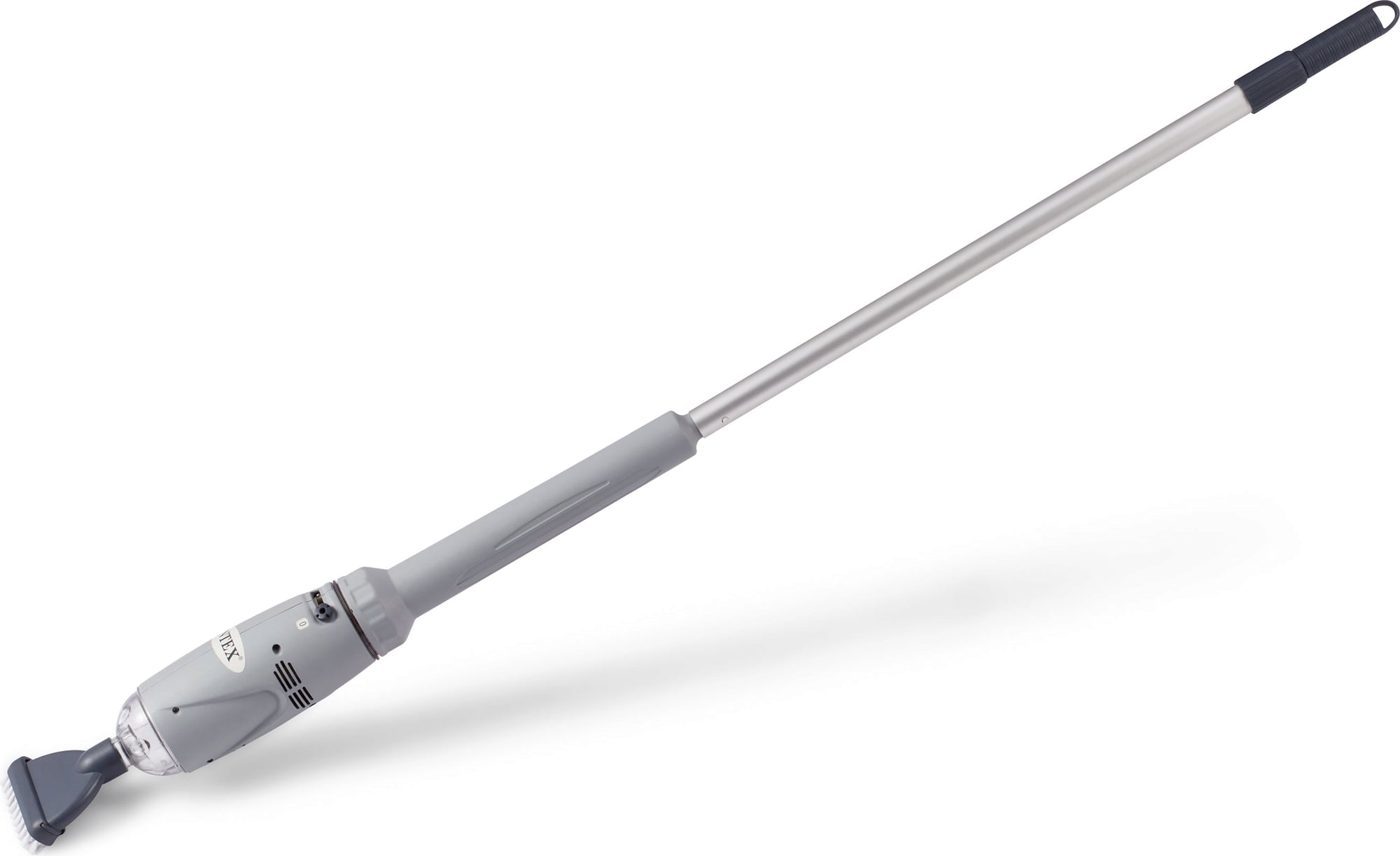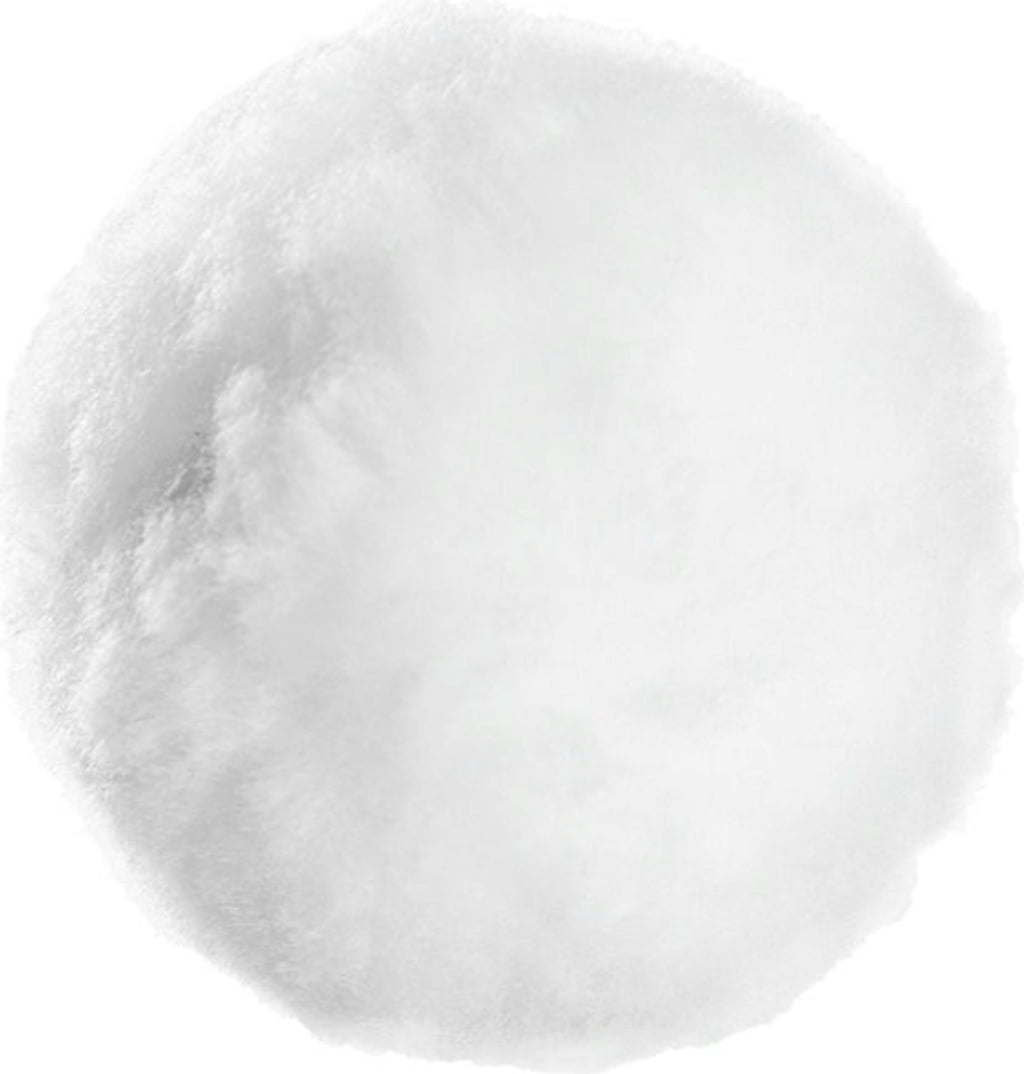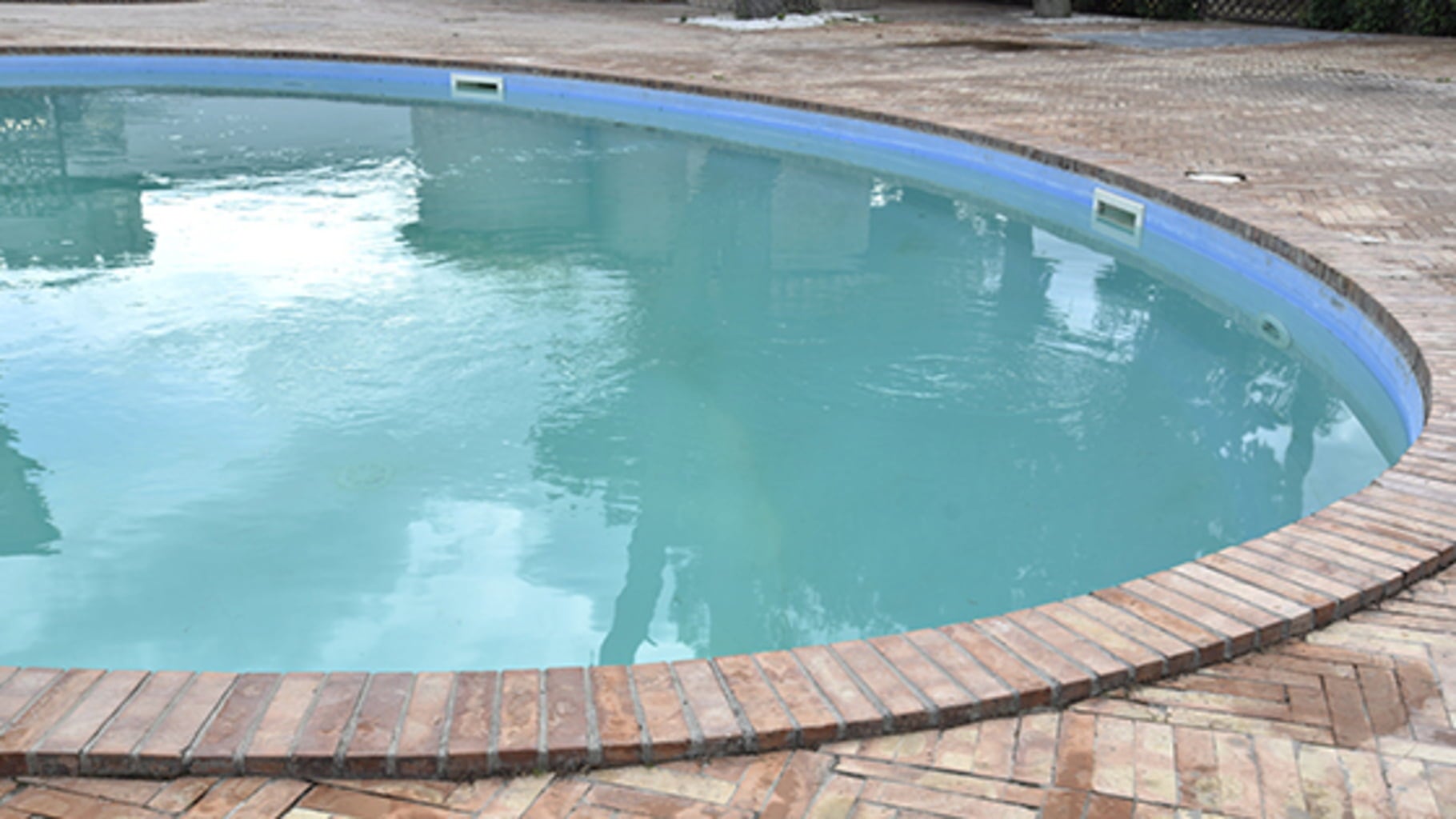Cloudy or Milk Pool Water - Causes & Remedies
Is your pool water cloudy or milk or both?
The solution depends on the cause of the problem. In fact, it is possible that your pool water is both milk and cloudy in which case you will have to combine the remedies.
Causes: Bacteria or precipitated lime?
Take a close look at your pool water and try to answer the following questions: On close examination do you see lots of very small white particles floating in the water? Is the cloudiness of the pool water primarily whitish or nearly colourless? The water does not stink and the walls don't feel slimy? Then it's highly probable that the problem is limescale precipitation. The cause is usually a combination of very hard water and an excessively high pH value.
Cloudy pool water: When microorganisms are the culprits
Is your pool water cloudy but not really milky? On closer examination, you don't see lots of very fine white particles floating in the water? If this the case, your pool probably contains huge numbers of bacteria and possibly algae as well. Further indications that microorganisms could be the problem are:
- your pool walls are slimy to the touch
- the water has a very slight or strong tint
- the pool water stinks
- cloudiness is visible at high water temperatures
Milky pool water: how to restore water quality in case of limescale precipitation
If you suspect limescale precipitation, you will need to remove the floating lime particles. These two steps are highly recommended:
- adjust the pH value
- use a filter system for effective filtration
Adjust the pH value
In general, limescale precipitation occurs when the water parameters in your pool are out of balance. It is primarily the pH that is too high. Limescale deposits are very likely, especially with pH values of 8.0 and above. If the pool water is particularly calcareous, the water can be so cloudy that you can't even see the bottom of the pool. To prevent further limescale from precipitating, you need to ensure that your pool pH is in the range of 7.0 to 7.4. Measure your pH value with a pool tester and use pH-Minus to lower your pH value accordingly.
Clearing cloudy pool water with a filter pump
Now it's time to filter the precipitated lime out of the water. This is easier said than done sometimes. Very small limescale particles in particular are difficult to filter. Medium-sized ones can be filtered reasonably well, but they often don't stay in the filter container for too long and end up back in the pool. Only the lime particles that are easily visible to the eye can be easily removed with a pool filter. If you do it the wrong way, you may end up running your sand filter for days but see little improvement beyond a point.
Optimum filtration of the water to combat cloudiness
There are several ways to effectively remove limescale from pool water. Most importantly, let your sand filter system run for 24-72 hours at a time. Backwash every three to five hours so that the limescale particles in the filter container are permanently removed and do not make their way back into the pool.
Reduce power for better performance!
Reduce the flow rate of your sand filter system if possible. You can achieve this if you have accessories such as a three-way valve, a solar collector or, ideally, an adjustable water diverter. Due to lower water speeds, filtered particles remain longer or permanently in the filter container - this is extremely important, especially in the case of limescale deposits!
Flocculants and turbidity removers
If your sand filter works with sand or filter glass, you can use a flocculant to make limescale deposits easier to filter. The flow rate in your filter container must be kept low for this to work optimally - see above. With cartridge filter systems or filter balls you can rely on turbidity removing products. If you cannot get rid of the milkiness in your pool water at all, you can use flocculants with cartridges or filter balls in exceptional cases. But they will partially or completely clog your filter - you will have to rinse out the cartridges manually or replace them with new ones.
Milky water - how to use pool vacuums against limescale deposits
You can help your filtration system by adding flocculant directly to the pool. Steinbach Superflock Liquid is ideal in this case. Let it work for a few minutes and then switch off your filter system for 20 minutes. Flocculated particles will then sink to the bottom of the pool. Sometimes you can see mounds of limescale on the pool floor. Next, use a pool vacuum such as the Intex Underwater Battery Pool Vacuum to suction these particles and remove them permanently from your pool water. Tip: Use filter balls with your pool vacuum to capture as many dirt particles as possible.
Do classic pool chemicals help with milky pool water?
Yes and no! We recommended using PH-Minus earlier. In general, shock chlorination is only recommended if you cannot measure any chlorine in the pool or suspect that microorganisms have spread widely. Chlorine, on the other hand, does not help at all against limescale. Nevertheless, shock chlorination can be a sensible measure to ensure that microorganisms are not a problem.
Cloudy pool water caused by microorganisms: A solution in just a few steps
If you can rule out limescale precipitation because your pool looks cloudy rather than milky, then you can do the following:
Step 1: Prepare and activate the filter system
Turn on your filter pump. Run this for 12-48 hours at a stretch. Start with the cleanest possible filter medium. If necessary, use a new filter with a cartridge filter system. If you have a sand filter with sand or filter glass as the filter medium, you will need to backwash at frequent intervals to allow the filtration process to be most effective.
Step 2: Check and adjust the pH value
Check the pH value of your pool water. Adjust this immediately to get this value as close as possible to 7.0. A pH value of 7.4 would be a little too high in this case because chlorine works a little more effectively at this pH value. For the best results, we need to maximise the effectiveness of chlorine. Use pH-Minus or pH-Plus to adjust the pH value as necessary.
Step 3: Clean the pool with a net and vacuum cleaner
Chlorination is essential to tackle microorganisms. But chlorine reacts with all organic substances and its effect is diluted when it has to deal with more particles than necessary. In short, you will significantly increase the effectiveness of the shock chlorination in the next step if you now remove all coarse particles from the water in your pool. Use devices such as pool robots, pool vacuum cleaners, and pool nets to collect and remove coarse debris such as leaves, insects, and twigs from the bottom and surface of your pool.
Step 4: Disinfection
Now it's time to use disinfectants such as chlorine and algaecide if algae are present. Be sure to shock chlorinate to dissolve organic matter and microorganisms. Follow the manufacturer's dosage instructions. We recommend using chlorine granules and dissolving it completely in a bucket before adding it to your pool water.
Step 5: Lower the temperature and keep out light
Microorganisms love high temperatures and algae love light. Exposure to UV rays (light) causes chlorine to break down as well - especially closer to the water surface. Use a pool cover to cool the water and protect chlorine from exposure to UV rays. Covering your pool has the additional advantage of keeping our coarse dirt particles and debris from getting into your pool water. These conditions will maximise the effectiveness of the disinfectants you add.
Milky or cloudy pool water? Targeted pool care for prevention
We have listed the cause of milky and cloudy pool water and explained how you can rectify the situation and get crystal clear pool water again. Now we would like to show you how to prevent these problems from occurring in the future. A garden pool should be a place to enjoy and have fun - it should not be a health hazard!
Tips for better water quality:
- Refer to the guides in our magazine and use the products from our categories to keep your pool water crystal clear and clean at times.
- Pool maintenance is all about keeping dirt and microorganisms under control. Use a pool cover to keep debris out of your pool.
- Let your filter system run for longer periods of time. this not only filters your water but keeps it in motion. Moving water helps to slow down the growth of microorganisms.
- Don't underestimate the importance of water parameters. Cloudiness is very likely to occur if water parameters are not right. It is better to check too often than not often enough. If you are not new to it, measure your water values daily for the first three weeks after filling the pool and at temperatures above 25°C.
Related products
-
 4.1 (39)
4.1 (39)Intex Underwater Handheld Vacuum Cleaner, 1 item
-34%- Battery life: 50 minutes
- Suitable for saltwater
- Includes accessories
£62.71 £95.50Delivery by May 20
-
 4.6 (116)
4.6 (116)Steinbach Filter Balls, 700 g
Bestseller- Large Filter Surface
- High Dirt Absorption Capacity
- Less Backwashing Processes
£22.00 (£31.43 / kg)Delivery by May 20
-
Great Britain: Free standard delivery from £99.90
-
Free
returns -
We operate in a
climate-conscious manner. Secure payments
with SSL encryption technology


